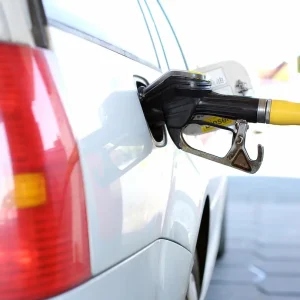The size of BVRLA members’ business contract hire car fleet grew by 3.8% in the year to Q3 2022, according to newly-released data.
The rental and leasing industry organisation states in its latest Leasing Outlook report that this section of its members’ fleets had grown to 779,064 vehicles.
However, the overall BVRLA lease car fleet only grew by 0.06% year-on-year, due to a 2% drop in personal contract hire numbers, and the business leasing fleet remains 100,000 vehicles smaller than before the Covid-19 pandemic.
BVRLA members’ overall vehicle fleet grew by 1.9%, driven by a 7.7% rise in LCV leasing.
The report attributes recent business contract hire growth to companies seeking budgetary advantages from fixed-cost motoring amid current economic turbulence.
One trend the report notes is the growth in salary sacrifice, up by 20.5% year-on-year.
It states: “The volumes may be modest, at about 37,000 cars, but the trajectory is extremely positive, with leasing executives anticipating strong future growth following the confirmation of supportive benefit in kind tax rates for zero emission vehicles until 2028 (86% of new sal-sac cars are BEV).”
Overall, 33% of new lease cars in Q3 last year were BEVs, while a further 14% were plug-in hybrids. This has contributed to the average emissions of the BVRLA’s leasing fleet falling to 83.3g/km, a 29% reduction since 2019.
Just 8% of new lease cars were diesel-powered – down from 80% in 2015.
The BVRLA said overall fleet growth had been achieved in the face of challenges such as long vehicle delivery lead times, rising prices, and interest rate increases.
It said its latest projections anticipated vehicle supply returning to pre-pandemic levels in 2024, with members adapting their business models to respond in the meantime.
BVRLA chief executive Gerry Keaney said: “Vehicle supply remains the number one issue. The lack of price protection from vehicle manufacturers is being compounded by delivery times extending.
“Leasing companies are often unable to give their customers accurate costs before tyres have hit tarmac.
“To see the leasing fleet grow against such a difficult backdrop shows how well the sector is adapting. Alternative business models are growing to fill the gaps left by reduced vehicle supply, while the relentless demand for vans shows how the sector has evolved to meet changing driver needs.”





